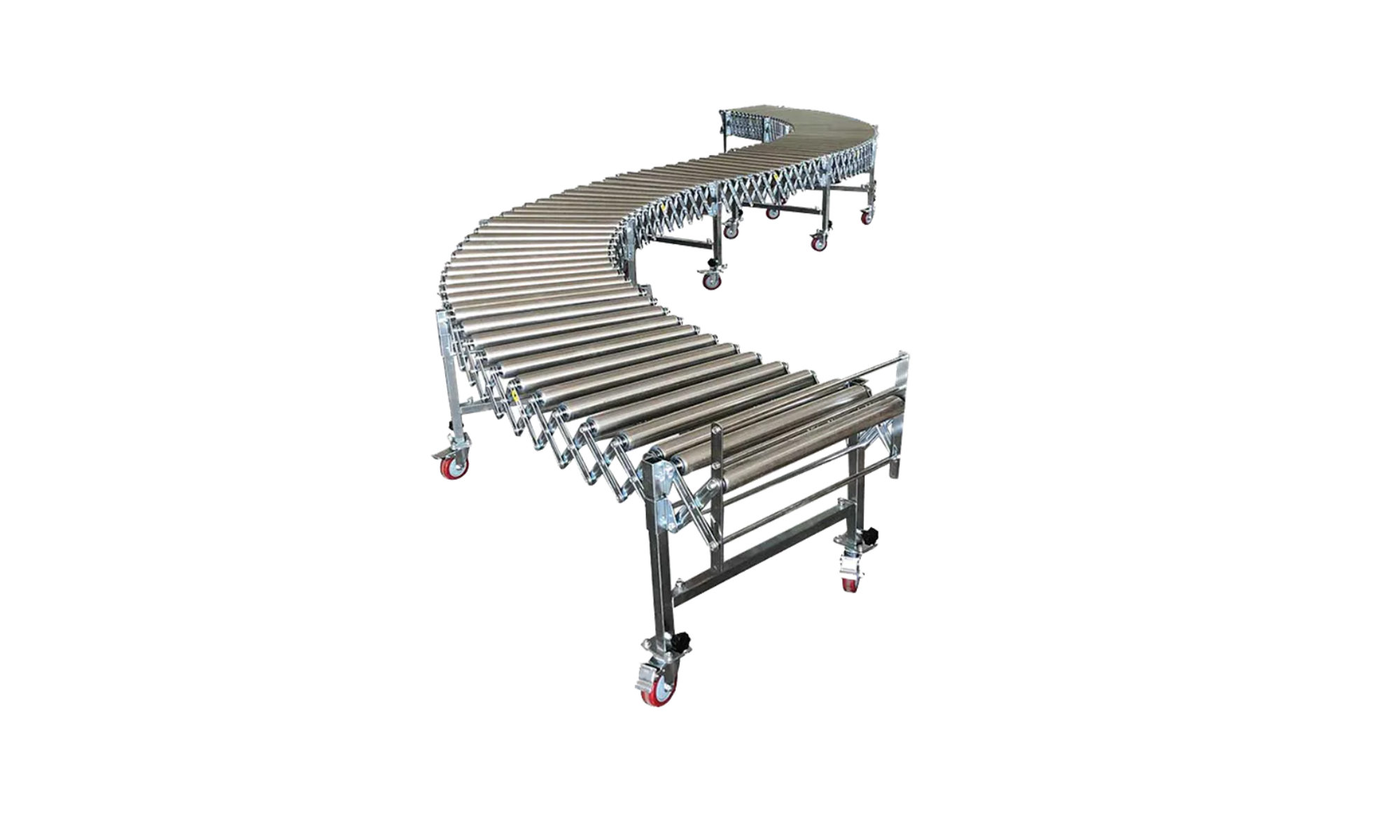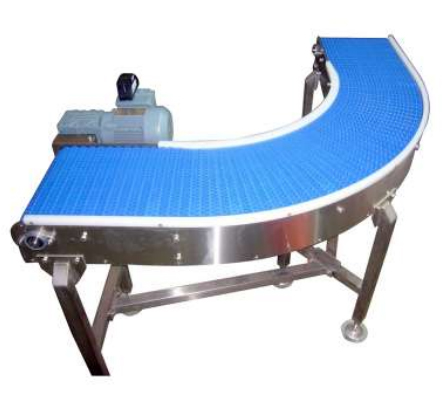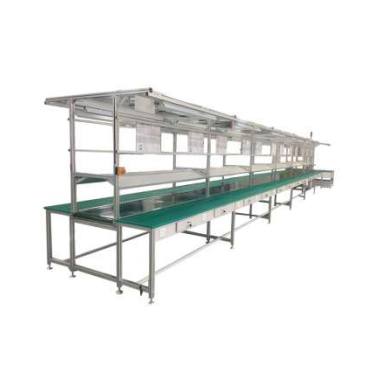Bucket Elevator
A bucket elevator, also known as a grain leg, is a mechanism for hauling flowable bulk materials (most often grain or fertilizer) vertically. It consists of:
- Buckets: Attached to a belt or chain. The buckets carry the material from the inlet at the bottom to the discharge at the top.
- Belt or Chain: Moves the buckets.
- Motor and Drive: Provides the power to move the belt or chain and buckets.
- Inlet: Where the material enters the elevator.
- Discharge: Where the material exits the elevator.
- Casing: Encloses the system to prevent spillage and protect it from external factors.
Types of Bucket Elevators
- Centrifugal Discharge Elevators: These use centrifugal force to discharge the material from the buckets into the discharge chute. Suitable for free-flowing, non-fragile materials.
- Continuous Discharge Elevators: These use gravity to discharge the material. Suitable for fragile materials that need to be handled gently.
- Positive Discharge Elevators: These use mechanical means to discharge the material from the buckets, typically used for sticky or difficult-to-handle materials.
Applications
- Agriculture: Moving grains and seeds.
- Mining: Transporting ores and minerals.
- Manufacturing: Handling bulk materials in factories.
- Food Processing: Moving flour, sugar, and other bulk food items.
Types of Materials Handled by Bucket Elevators
Bucket elevators are versatile and can handle a wide range of materials. However, the choice of bucket elevator type and design can be influenced by the properties of the material being handled. Here are some common materials and considerations for handling them:
1. Grains and Seeds
- Properties: Free-flowing, non-abrasive, and lightweight.
- Suitable Elevator Type: Centrifugal discharge elevators are often used because grains and seeds are durable and can withstand the higher speeds and forces involved in centrifugal discharge.
2. Ores and Minerals
- Properties: Often heavy, abrasive, and may include sharp particles.
- Suitable Elevator Type: Continuous discharge elevators are preferable to handle the abrasive nature of ores and minerals gently, minimizing wear and tear on the buckets and belt or chain.
3. Powders (e.g., Flour, Cement)
- Properties: Fine, often dusty, and can be prone to caking.
- Suitable Elevator Type: Continuous or positive discharge elevators are suitable as they handle fine powders gently and can be designed to minimize dust generation.
4. Coal and Ash
- Properties: Can be abrasive and require careful handling to avoid dust explosions.
- Suitable Elevator Type: Continuous discharge elevators with dust-tight casings to prevent dust from escaping and potentially causing hazards.
5. Fertilizers
- Properties: Can be corrosive and may vary in size from fine granules to larger particles.
- Suitable Elevator Type: Centrifugal or continuous discharge elevators made from corrosion-resistant materials to handle the chemical nature of fertilizers.
6. Sand and Aggregates
- Properties: Heavy and abrasive.
- Suitable Elevator Type: Continuous discharge elevators designed with robust, wear-resistant materials to handle the abrasive nature of sand and aggregates.
7. Food Products (e.g., Sugar, Salt, Coffee)
- Properties: Vary widely but often need gentle handling to prevent damage.
- Suitable Elevator Type: Continuous discharge elevators are generally used for fragile food products, while centrifugal discharge elevators can be used for more robust items.
8. Chemicals and Plastics
- Properties: Can vary widely, may be corrosive or require special handling to prevent contamination.
- Suitable Elevator Type: Positive discharge elevators are often used to handle sticky or difficult-to-move chemicals and plastics.



